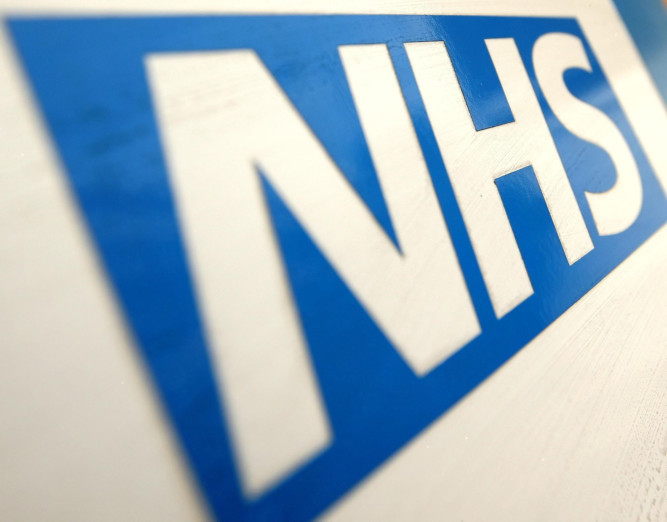
Mistakes are being made by contractors brought in to prop up under staffed hospitals.
But the errors are costing the NHS a fortune with compensation paid for private health negligence soaring to £23m in just two years.
Shadow health minister Jamie Reed, who represents Copeland in Cumbria, said: “David Cameron is handing more and more of the NHS to private companies and it’s clear safeguards are not always in place. These patients have paid a very real price for that.”
During 2012/13, £5.9m was shelled out in compensation for private healthcare negligence but by 2013/14 it had rocketed to £29.3m.
In addition the NHS Litigation Authority was forced to fork out £13.2m in claimants’ costs and £3.7m in defence costs, giving a staggering total of £46.3m last year.
The figure is equivalent to £140,000 being lost every day last year.
Beth Farhat, northern secretary for the Trades Union Congress, said: “Privatisation of our health service didn’t begin under this Government, but over the last four years the scale has increased significantly.
“This private sector free-for-all means vast swathes of the NHS are now being run by companies for whom profit rather than patient care is the over-riding concern.
“In addition recent legislation means private firms are nowhere near as accountable as they should be.
“None of this looks good for patients and makes it likely that when things do go wrong, it will be much harder for those whose care falls short to seek justice and compensation.”
In April 2013 Prime Minister David Cameron introduced one of the biggest overhauls of the NHS in its history by scrapping Primary Care Trusts and replacing them with Clinical Commissioning Groups, run by groups of GPs.
It gave the CCGs the freedom to prioritise and fund health services in their area, which was aimed at increasing accountability and saving money.
But critics claim it opened the door to mass privatisation of the health service, which, they say, has led to a drop in standards.
In August it was revealed dozens of people had been left with impaired vision, pain and discomfort after undergoing operations by a private healthcare company at an NHS hospital.
Musgrove Park hospital in Taunton, Somerset, took on a private firm to help clear a backlog of eye operations but the contract was cancelled after just four days, when 30 patients reported complications.
A Department of Health spokesperson said: “We’ve brought in tougher independent inspections so any service that’s not up to scratch will be forced to turn things around or be put into special measures. “And from next year our new duty of candour will mean private hospitals will be legally required to report and apologise for mistakes, increasing transparency for patients and families.”

Enjoy the convenience of having The Sunday Post delivered as a digital ePaper straight to your smartphone, tablet or computer.
Subscribe for only £5.49 a month and enjoy all the benefits of the printed paper as a digital replica.
Subscribe